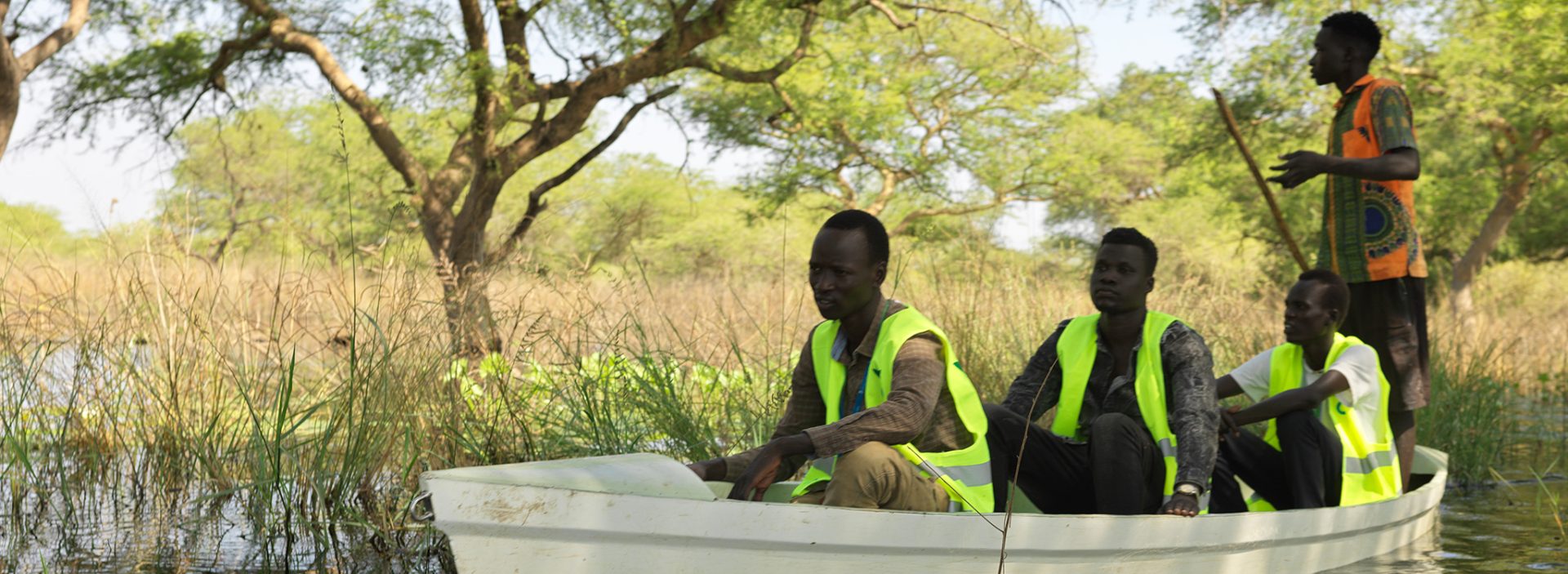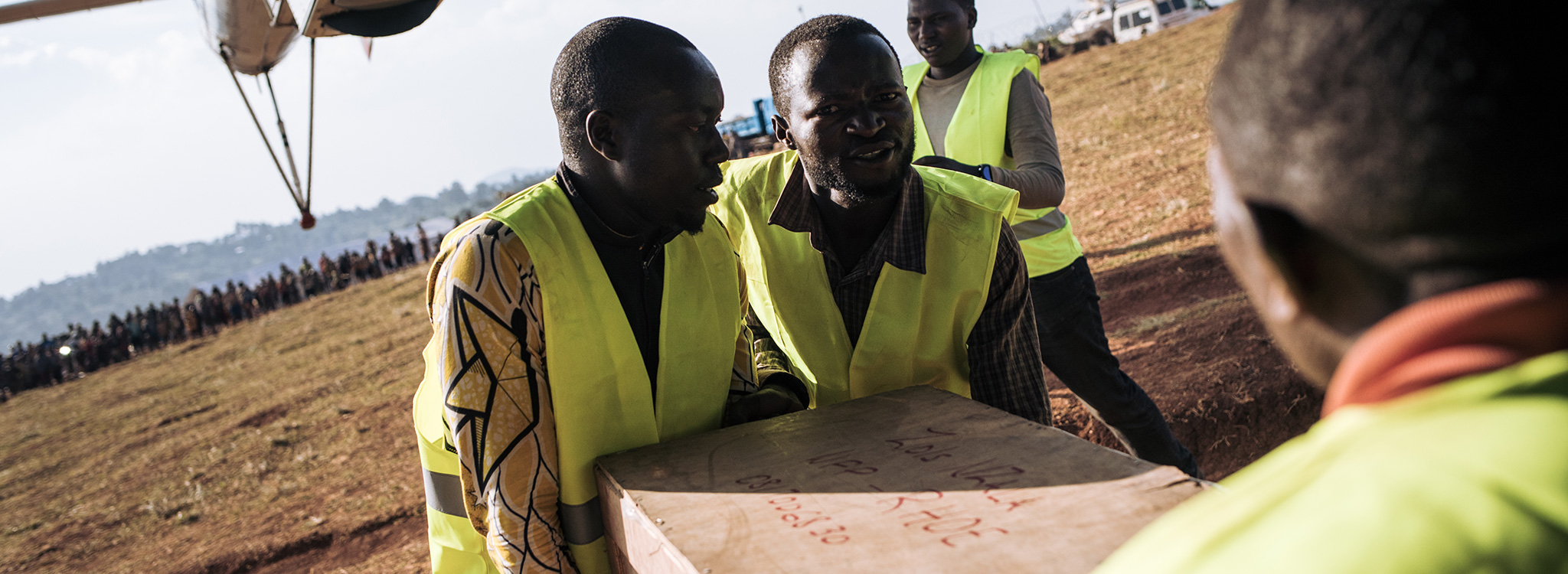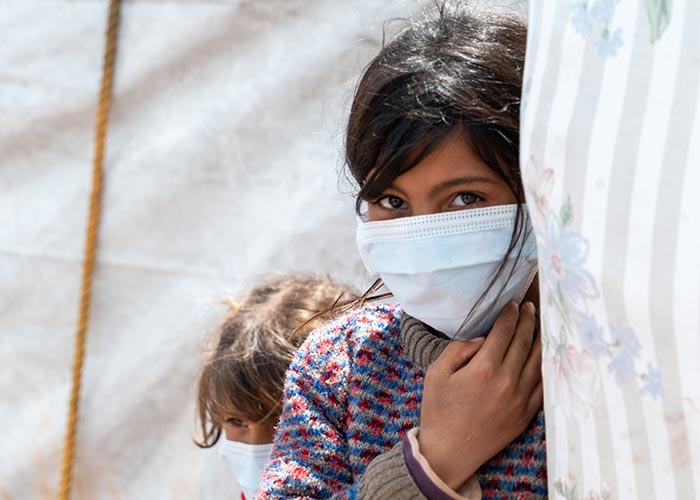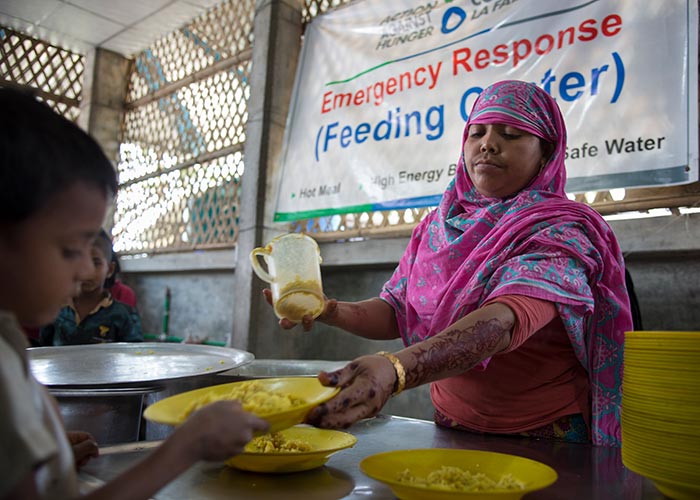How we respond to emergencies
With emergency teams on call 24 hours a day and a constant stock of essential supplies ready to deploy at all times, our internationally-renowned emergency response teams make sure urgent humanitarian assistance can be delivered anywhere in the world. Whenever and wherever it’s needed most.
After a disaster strikes, our teams immediately analyse the needs of the local population affected by the disaster. This helps us understand what kind of support is needed most — for example nutrition, food security, or water, sanitation and hygiene services.
We then team up with government agencies, local partners and community leaders to bring efficient, effective relief to communities.
Recent examples of our emergency response work
- Helping war-torn communities in Yemen – the world’s worst humanitarian crisis.
- Responding to the Rohingya refugee emergency in Bangladesh.
- Stopping the spread of the Ebola epidemic in the Democratic Republic of Congo.
- Supporting communities affected by Hurricane Eta in Nicaragua.
- Reducing mortality rates among pregnant women and children under five in communities affected by conflict in northeast Nigeria through nutrition and water, sanitation and hygiene services.
- Responding to floods in Afghanistan by distributing hygiene kits and other non-food items, as well as rebuilding shelters and restoring safe water sources.
- Supporting communities in Turkey and Syria impacted by the devastating earthquake.
- Closing monitoring and preparing to respond quickly to the growing need in Sudan.





